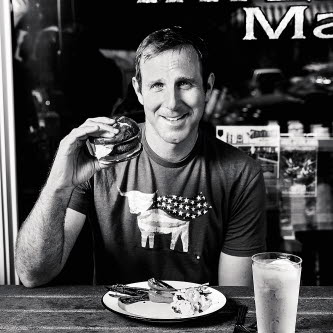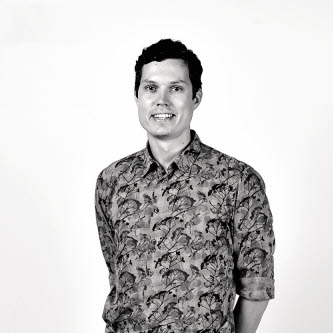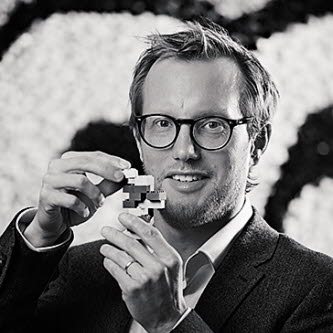
Ethan Brown, President and CEO, Beyond Meat, Los Angeles USA
“I found myself returning often to the question of whether you actually needed an animal to produce a piece of meat. The great news is that you don’t, and this understanding is the foundation of Beyond Meat. The core parts of meat, like amino acids and trace minerals, are available in abundance outside of the animal. So, the solution becomes one of knowing the architecture of meat and then assembling those core parts against that design.
When I grew up I spent a lot of time with animals. My father bought a farm, and I soon started to wonder about the distinctions we made between pets and farm animals.
I went on into alternative energy, reflecting concerns about climate change. I began to think broadly around the issue of using animals for meat. Whereas the animal is taking plant matter to produce muscle or meat, we are taking plant matter and using heating, cooling and pressure to produce meat.
We don’t expect people to stop enjoying meat altogether. What we think is inevitable though, is that we will transition to plant-based meat. Beyond Meat is every bit as delicious as people’s favourites today – only with the health, climate and animal benefits of plant-based foods.”

Sander Jahilo, Quality & Environmental manager, Kroonpress, Estonia
“We are the leading offset plant in Estonia and for us sustainability is a competitive advantage. We started working with environmental issues six years ago and we have reduced our ecological footprint considerably.
Now we even offer our competitors a carbon labelling tool called Greenline Print that we have developed. It measures the overall climate impact of each print, much like car manufacturers specify co2 values for their different models. In this tool we measure production, paper, print colour, plates and distribution. Everything merges and creates an environmental weight for each printed copy. The tool makes it easy for customers to compare different options.
There are so many myths about print and paper. Even recycled paper is not always best from an environmental point of view. Nor is digital always the best. If you weigh in all aspects, you need to read a digital newspaper in less than 20 minutes to make it more environmentally friendly than a printed paper. For those who doubt this, I can show the calculations.
The big challenge today is not so much how the production can be more environmentally friendly, but how we can make people understand that printed paper products are already both climate-smart and sustainable.”

Tim Guy Brooks, Vice President, Corporate responsibility, Lego Group
“At the Lego Group we want to leave a positive impact on the planet our children inherit. Last year we celebrated achieving our 100 per cent renewable energy target. We are balancing the energy we use to produce Lego bricks by producing an equal amount of energy through wind power.
We are now embarking on a new challenge: using sustainable materials for all core products and packaging by 2030. We have already made strong progress in terms of energy efficiency, recycling and waste reduction, as well as the use of renewable power. This year we are starting the production of Lego elements made from polyethylene that is based on sugarcane material. Our plant based Lego elements will be available by the end of this year across Lego boxes. Our goal, however, is to replace conventional plastic altogether.
Along with this we want to encourage our consumers to recycle our packaging, so we have recently added the How2Recycle label to our products. As for now, we are still only just beginning this journey and we don’t have all the answers yet. Our partner WWF will be providing expertise and guidance as we work towards more sustainable production.”

